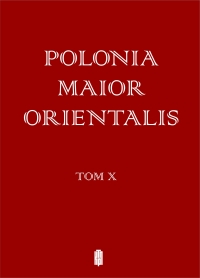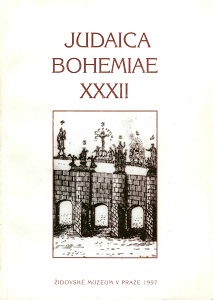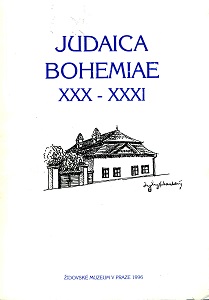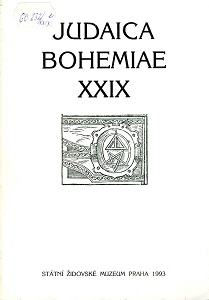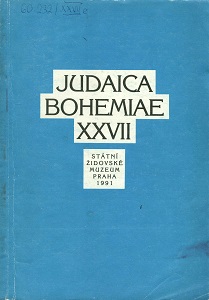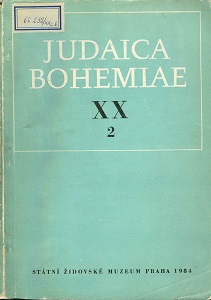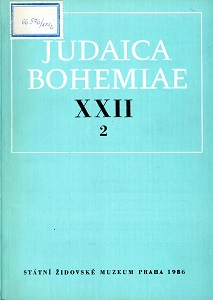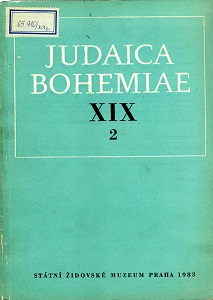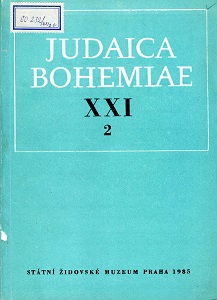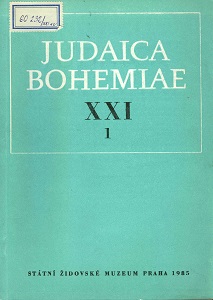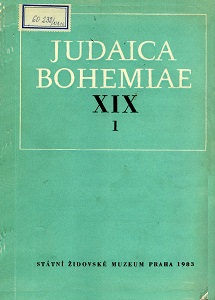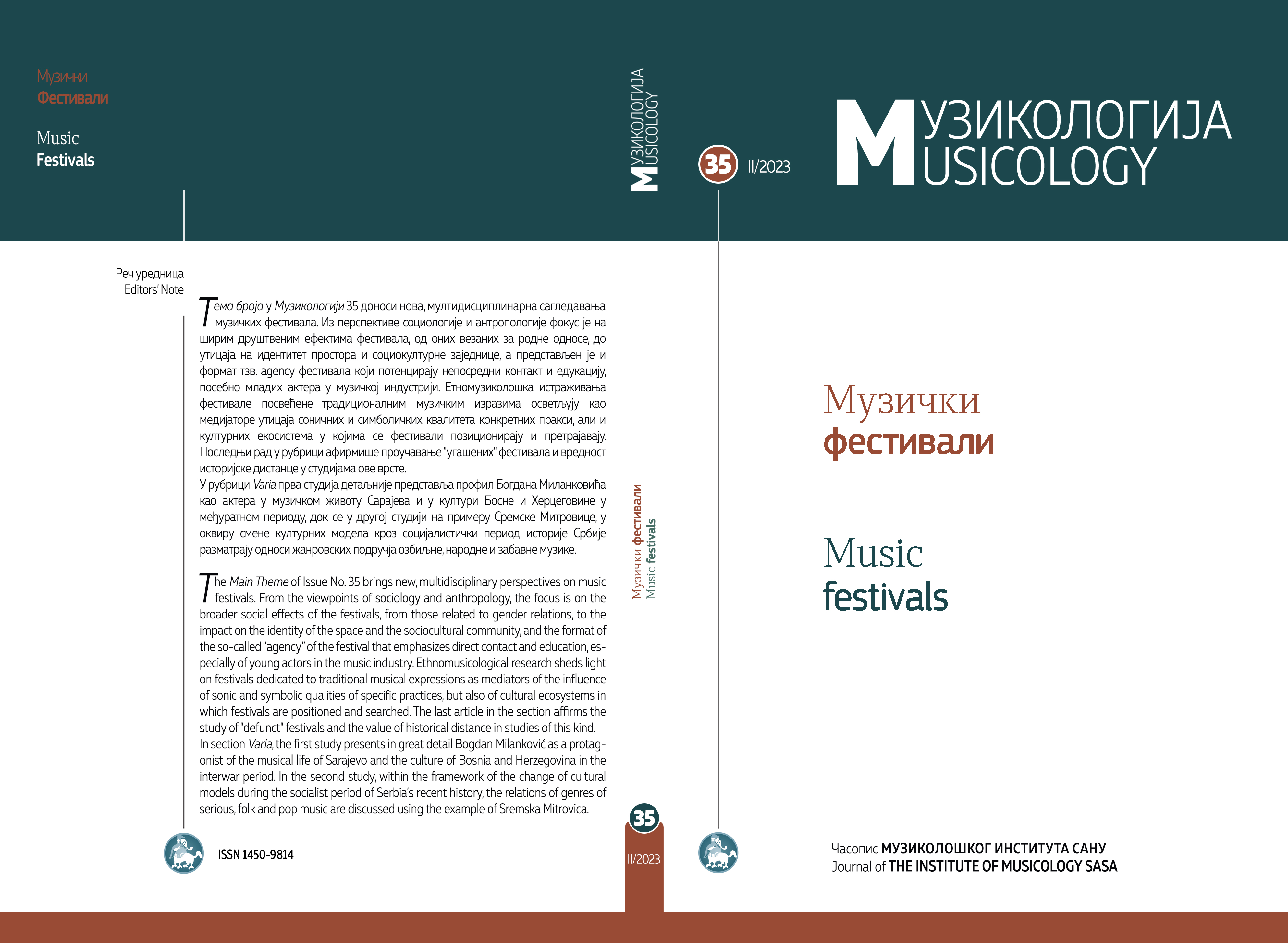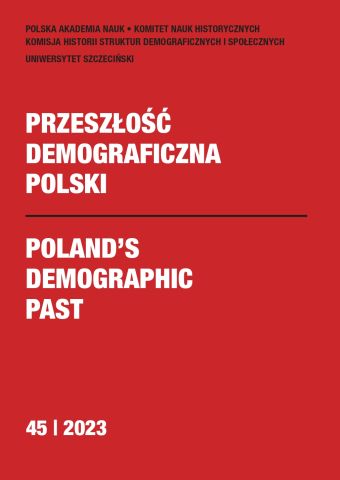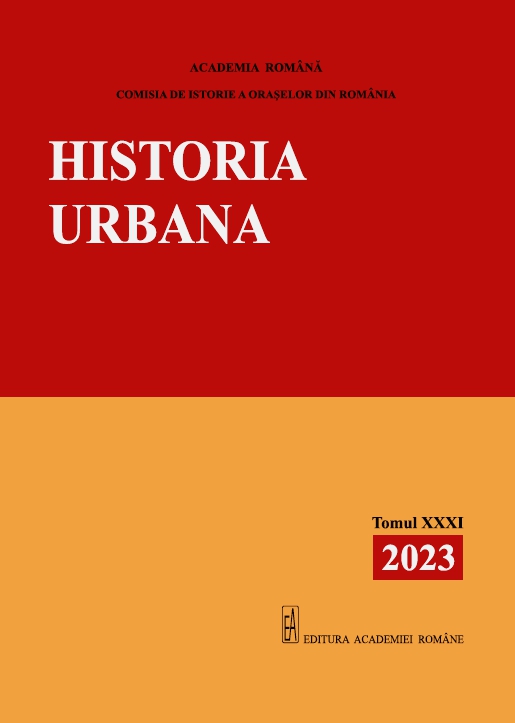
Regulamentele și alte acte normative ale municipalității bucureștene referitoare la piețe și hale (1870–1914)
Since 1864, cities have played an increasingly important role in creating the norms and rules that governed human life, from economic activity to leisure. These rules had a very important role in the modernization process, contributing substantially to changing behaviours and practices, creating professional bodies, and adopting Western models. However, in Romanian historiography, this phenomenon is far from receiving the attention it deserves. Our paper aims to analyse the regulations, ordinances, and decisions issued by the Bucharest City Hall, regarding trade carried out in market halls, markets, in various places on the city streets, or by peddlers. Markets and market halls were, in the City Hall's conception, not just places intended for the trade of food and various other goods. They were supposed to be fundamental tools through which the municipality ensured that the citizens of Bucharest had access to safe food – from a hygienic and sanitary point of view – and that the numerous diseases transmitted through food had as few consequences as possible on the health of the capital's inhabitants.To attain this aim, the mayor, the Municipal Council, and the Hygiene Council elaborated and enacted numerous rules, which, under the combined pressure of the city's development, advances in the medical, chemical, and biological sciences, not least the professionalization of the municipal administration, experienced a rapid evolution during the chronologic span discussed. At the same time, the City Hall invested in the creation of an infrastructure that would allow the application of these measures (market halls and market, abattoir, laboratory for chemical and bacteriological analysis, etc.), and a body of officials that would ensure their compliance.
More...
